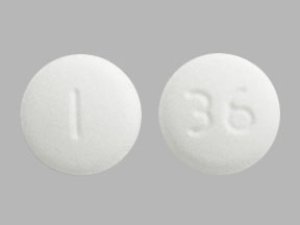FDA recognizes that there is much that is not known scientifically about kratom. Although there are published animal studies with kratom extracts containing mitragynine or 7-OH-mitragynine, there are few published reports from well-designed scientific studies where kratom was administered to humans. Additional investigation by researchers, including those in the academic community, drug companies, and government agencies, into the many safety issues and potential therapeutic uses of kratom would provide important public health information.
Research on Safety Issues
The chemical compounds found in kratom, mitragynine and 7-OH-mitragynine, may produce classic opioid-related effects such as sedation, nausea/vomiting, constipation, physical dependence/withdrawal, and respiratory depression that may lead to death. However, as with all drugs, the ability of kratom to cause harmful responses will depend on how much of the drug is taken and under what conditions.
One additional safety concern with kratom is that of abuse potential. There are epidemiological data suggesting that some individuals develop substance use disorder following kratom use. To date, a well-designed human abuse potential study has not been conducted that would show whether kratom, mitragynine, or 7-OH-mitragynine produce rewarding effects (such as feeling “high”) that might lead an individual to abuse kratom. This means that the abuse potential of kratom has yet to be fully understood.
Research on Possible Therapeutic Uses as a Drug
FDA recognizes that it is necessary to develop therapies for patients with unmet medical needs. FDA has numerous programs that help drug companies develop and obtain approval for new drug products. Additional information about each of these programs can be found throughout the FDA website.
If an academic investigator, other scientific researcher, or drug company was interested in conducting a scientifically valid study on the effects of kratom, mitragynine, or 7-OH-mitragynine in humans, FDA would support that research by:
- Providing information on the process needed to conduct human research with a drug, including submission of an investigational new drug (IND) application to FDA’s Center for Drug Evaluation and Research (CDER).
- Providing support for investigators interested in conducting clinical research using kratom, mitragynine, or 7-OH-mitragynine as a part of the IND process through meetings and regular interactions throughout the drug research or drug development process.
- Providing information on the specific requirements needed to develop a human drug that is derived from kratom, based on FDA’s 2016 guidance for industry: Botanical Drug Development.
- Providing support to investigators to help them understand and follow the procedures to conduct human research through the FDA Center for Drug Evaluation and Research (CDER) Small Business and Industry Assistance group.
Drug companies that are interested in kratom-related drug development are encouraged to contact the relevant CDER review division and CDER’s Botanical Review Team to answer questions related to their specific drug development program.
Research on Kratom by FDA Investigators
In addition to aiding academics and drug companies who are interested in studying kratom, FDA is planning to conduct its own clinical study with kratom through its Controlled Substance Staff (CSS), the group at FDA that assesses whether drugs have abuse potential. This small-scale human study will provide preliminary information on the safety, pharmacokinetics (evaluation of drug levels in the body), and psychological effects of kratom. The CSS study of kratom in humans will contribute to a more thorough scientific understanding of the effects of this substance in humans.
Other FDA Research Activities
Additionally, CDER’s Controlled Substances Initiatives is leading two exploratory social and behavioral science research studies aimed at understanding the behavioral, social, and economic factors that influence purchase and use and the perceived health outcome expectations; as well as the impact and effect of current state kratom policies or laws on population access, use, and reported health outcomes.






